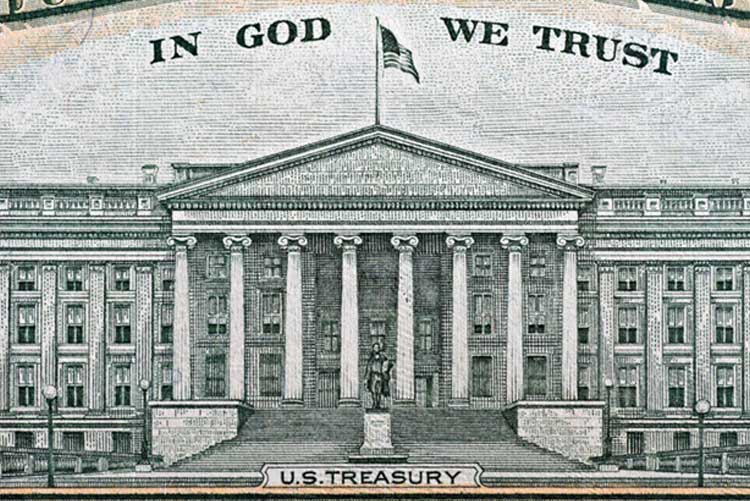In the intricate world of agricultural markets, where prices fluctuate based on myriad factors from weather conditions to global demand, farmers face considerable risks that can significantly impact their bottom line. To mitigate these risks and secure their financial stability, farmers often turn to futures contracts—a powerful tool that allows them to hedge against price volatility and uncertainty. In this comprehensive guide, we delve into the concept of farmers hedging with futures, exploring its mechanisms, benefits, and practical applications.

Understanding Futures Contracts
Futures contracts serve as standardized agreements traded on exchanges, enabling parties to buy or sell commodities or financial assets at a specified future date and price. While traditionally associated with commodity prices, futures contracts now encompass a wide range of assets, including interest rates, foreign exchange rates, price indexes, and crop yields.
For farmers, processors, merchandisers, and others in the agricultural sector, futures contracts offer a vital means of risk reduction. By entering into futures contracts, farmers can effectively transfer the risk associated with price fluctuations to willing counterparties, such as speculators seeking potential profits.
The Role of Exchanges and Contract Standardization
Major U.S. exchanges like the Chicago Board of Trade, Chicago Mercantile Exchange, and others facilitate the trading of agricultural futures contracts. These contracts are standardized, specifying details such as commodity type, quantity, quality, and delivery time. Standardization simplifies the trading process, with the primary negotiation revolving around price.
The exchanges play a crucial role in enforcing contract terms and ensuring their integrity through clearinghouses. This system provides assurance to market participants, enhancing overall market efficiency and transparency.
Hedging Dynamics in Futures Trading
Hedging in futures involves two primary strategies: long hedging (buying futures contracts) and short hedging (selling futures contracts). Both strategies aim to offset potential losses in the cash market by leveraging opposite positions in futures contracts.
Long Hedging: Farmers utilize long hedging to protect against price increases in commodities they plan to buy in the future. By buying futures contracts, they lock in prices, shielding themselves from potential price hikes.
Short Hedging: Conversely, short hedging is employed to safeguard against price decreases in commodities farmers intend to sell. Selling futures contracts allows them to establish a fixed selling price, mitigating losses in case prices fall.
Practical Applications of Farmers Hedging with Futures
- Storage Hedging: Farmers or merchants holding commodities can employ short hedging to protect against price declines during storage. By selling futures contracts upon harvest or acquisition and buying them back when selling the physical commodity, they offset potential losses due to price fluctuations.
- Production Hedging: Crop and livestock producers use short hedging to mitigate risks associated with price drops in anticipated outputs. Selling futures contracts during the growing or feeding period helps secure prices, shielding them from adverse market movements.
Margin Requirements and Risk Management
While futures contracts allow for deferred delivery and payment, participants must maintain margin deposits with their brokers to honor their commitments. Margin requirements, typically a small percentage of the contract’s value, ensure financial responsibility and market stability.
Margin calls occur when contract prices move against traders, necessitating additional margin deposits. Conversely, favorable price movements can lead to margin withdrawals, providing flexibility and liquidity to market participants.
Basis Uncertainty and Market Dynamics
Futures prices are influenced by commodities’ values at delivery points, leading to variations compared to local cash prices—a phenomenon known as basis. Basis uncertainty, arising from factors like transportation costs and quality differentials, adds complexity to hedging strategies.
Despite hedging’s effectiveness in managing price level uncertainty, basis uncertainty remains, albeit with a smaller variance. Understanding and monitoring basis dynamics are crucial for optimizing hedging strategies and minimizing risk exposure.
Farmers should consider hedging with Cannon Trading Company for several compelling reasons that stem from the company’s expertise, services, and reputation within the futures trading industry:
- Specialization in Agricultural Futures: Cannon Trading Company has a strong focus on agricultural futures, making them well-versed in the specific challenges and opportunities faced by farmers in commodity markets. Their deep understanding of agricultural commodities allows them to provide tailored hedging strategies that align with farmers’ goals and risk profiles.
- Experienced Team of Professionals: The company boasts a team of experienced professionals who specialize in futures trading and risk management. These experts can guide farmers through the complexities of hedging, offering valuable insights, market analysis, and personalized recommendations to optimize hedging strategies.
- Advanced Trading Technology: Cannon Trading Company leverages cutting-edge trading technology and platforms, providing farmers with efficient tools to execute trades, monitor market trends in real-time, and manage their hedging positions effectively. This technological advantage enhances farmers’ ability to make informed decisions and react swiftly to market changes.
- Risk Mitigation and Profit Maximization: By hedging with Cannon Trading Company, farmers can effectively mitigate price risk and protect their revenues from adverse market movements. The company’s hedging solutions aim to minimize potential losses while maximizing profit potential, providing farmers with financial stability and predictability.
- Educational Resources and Support: In addition to trading services, Cannon Trading Company offers comprehensive educational resources, training programs, and personalized support to empower farmers with knowledge and skills in futures trading and risk management. This commitment to education ensures that farmers can make informed decisions and navigate futures markets with confidence.
- Transparent and Reliable Services: Cannon Trading Company prioritizes transparency, integrity, and reliability in all its dealings with clients. Farmers can trust the company’s ethical practices, clear communication, and commitment to delivering value-added services that align with their best interests.
- Customized Hedging Strategies: Recognizing that each farmer’s risk exposure and financial objectives are unique, Cannon Trading Company offers customized hedging strategies tailored to individual needs. Whether hedging for storage, production, or market price protection, farmers can benefit from personalized solutions designed to optimize risk-reward profiles.
In summary, farmers should consider hedging with Cannon Trading Company due to its expertise in agricultural futures, experienced team, advanced technology, risk management capabilities, educational support, transparent services, and customized hedging strategies. Partnering with a reputable and reliable company like Cannon Trading can enhance farmers’ ability to navigate volatile markets, protect their bottom line, and achieve long-term financial success.
Empowering Farmers with Effective Risk Management
Farmers hedging with futures represents a sophisticated yet indispensable risk management approach in modern agriculture. By leveraging futures contracts, farmers can navigate price volatility, secure predictable revenues, and safeguard their businesses against adverse market conditions.
Through standardized contracts, robust exchanges, and strategic hedging strategies, farmers gain a powerful toolset to manage risk effectively, ensuring long-term viability and sustainability in a dynamic agricultural landscape. As markets evolve and challenges persist, futures hedging remains a cornerstone practice for professionals seeking financial resilience and growth in farming ventures.
Ready to start trading futures? Call US 1(800)454-9572 – Int’l (310)859-9572 email info@cannontrading.com and speak to one of our experienced, Series-3 licensed futures brokers and start your futures trading journey with E-Futures.com today.
Disclaimer – Trading Futures, Options on Futures, and retail off-exchange foreign currency transactions involves substantial risk of loss and is not suitable for all investors. Past performance is not indicative of future results. You should carefully consider whether trading is suitable for you in light of your circumstances, knowledge, and financial resources. You may lose all or more of your initial investment. Opinions, market data, and recommendations are subject to change at any time.
Important: Trading commodity futures and options involves a substantial risk of loss. The recommendations contained in this writing are of opinion only and do not guarantee any profits. This writing is for educational purposes. Past performances are not necessarily indicative of future results.
**This article has been generated with the help of AI Technology. It has been modified from the original draft for accuracy and compliance.
***@cannontrading on all socials.








